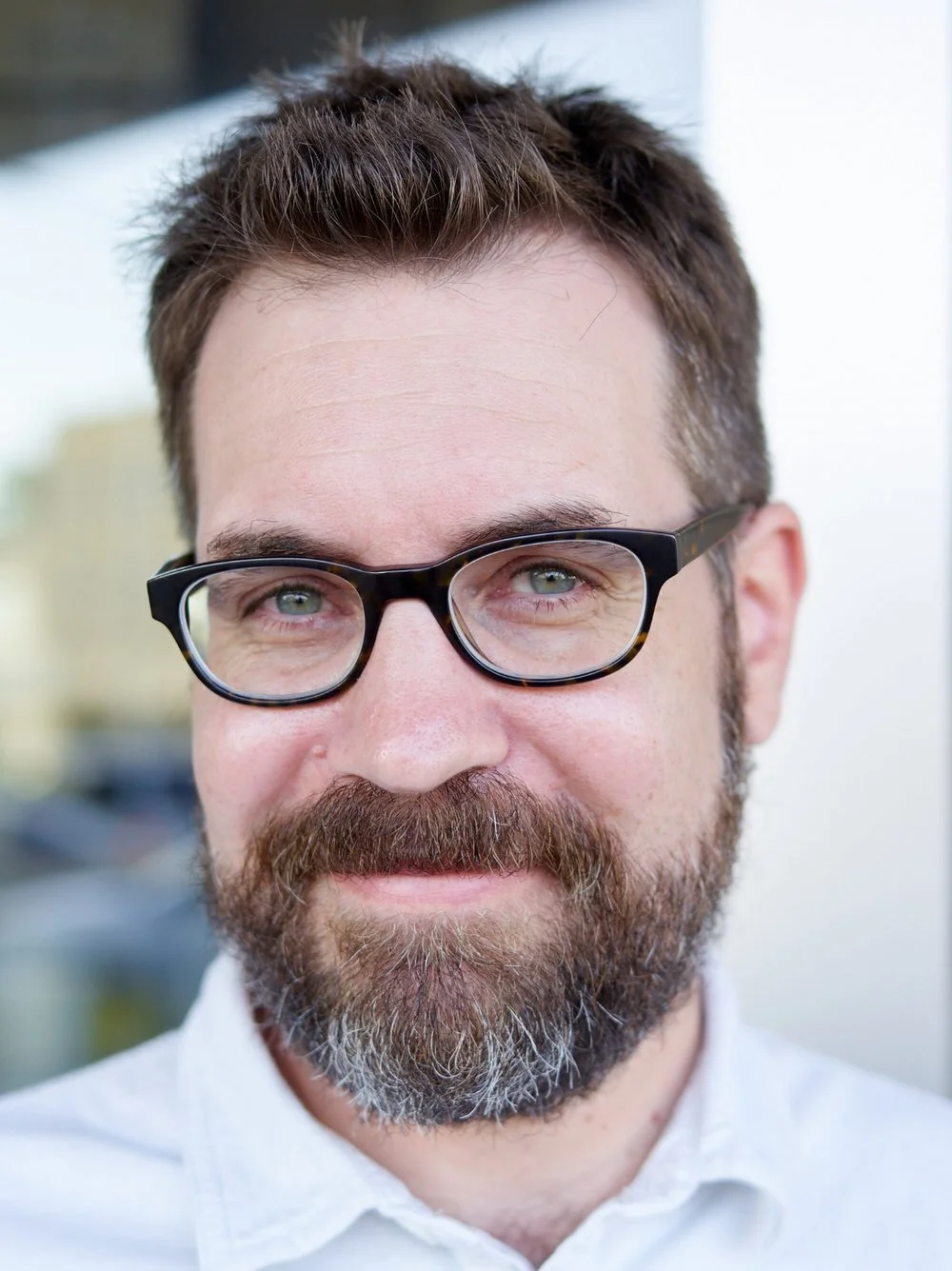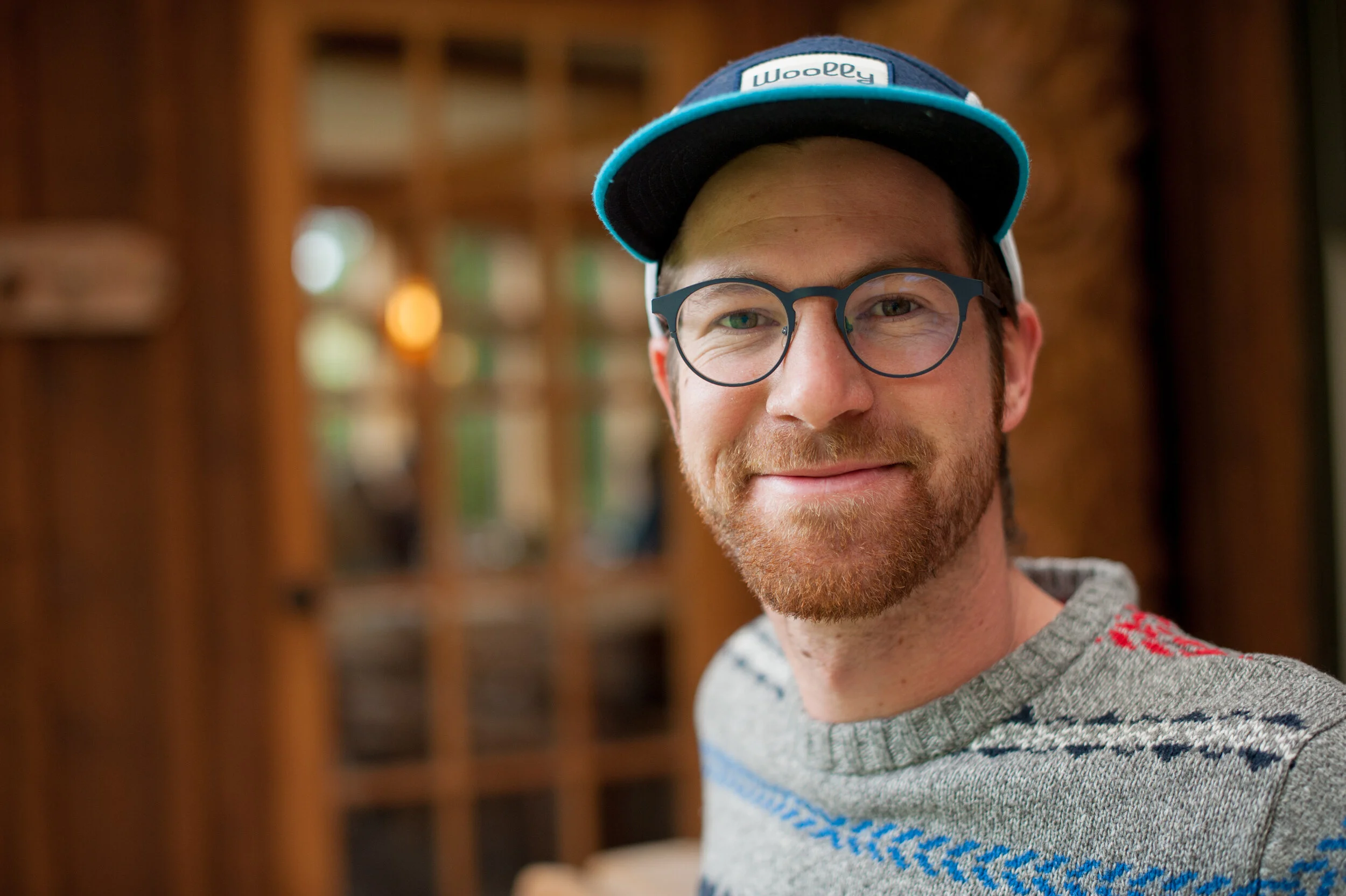Four Principles for Discovering Your Creative Voice
As a violinist, I have always enjoyed the limelight. In the days when I performed often, I loved it; I loved the rush of nerves and the silence before the first note. I loved the challenge of leading or blending with another instrument. In ordinary life, I was happy to be invisible and let other people do the talking. But in the orchestra, I wanted the first chair and all the solos.
I used to feel guilty about my desire to shine on stage. It seemed pretentious. In a world full of fabulously skilled violinists, why should a mediocre student expect any glory? But now that I teach children, I admire that spark of ambition when it awakens in a player. It does not begin as a craving to be first or famous; rather, I believe it springs from a simple longing—of the sort that burns in every artistic soul—for a voice of one’s own.
This desire for a voice—the ability to say something distinctive and be heard—is a defining trait of the artist, and it is urgent. It feels more urgent than ever in today’s world, where the flood of electronic sounds, words, and images threaten to crowd out gentler voices. If you doubt me, do a quick Google search of “artistic voice,” and you’ll see pages of articles assuring young artists that it is indeed possible to discover their authentic voice, in five or ten simple steps.
But this quest for an “authentic” voice is an uneasy one. Every artist knows what it is to feel overshadowed—by the voices of teachers, by other skilled artists, by deep-rooted fears. Many attempt to soothe their angst by re-imagining themselves, hunting for an identity that is unique, even troubled or eccentric. In fact, it is possible for artists to become so side-tracked by the search for authenticity that they distance themselves from their community and lose sight of their creative work.
The successful artist needs a broader goal. You must aim for something more, not less than, a creative voice. The goal of the artist is the same as that of the child, or the young Christian: to grow up. To reach artistic maturity.
I’d like to look at two poets, one who came of age in the 19th century and the other in the 20th, to consider their wisdom on how an artist might grow up in the 21st century.
John Keats and T.S. Eliot
In some ways, Keats and Eliot are situated as far apart as two artists can be. Keats was a poet of the Romantic era who wrote about love, grief, and the ideal of beauty just beyond reach. Eliot was a high Modernist who wrestled with themes like time and consciousness; Christian faith and philosophy; modern malaise; asceticism; and the frustrated relations between the sexes. Eliot lived into his 70s; Keats died at 25.
As different as they are in style and temperament, Keats and Eliot both expressed remarkably similar ideas about the poetic vocation. Here are four principles drawn from their lives and writings to guide the young artist towards maturity.
1. If you want to find your voice, you first have to lose it.
Eliot would have considered the search for a “unique artistic voice” to be a misguided one. In “Tradition and the Individual Talent,” he argues that the artist must erase his personality. Only then can the poet become the neutral medium for poetry—the agent of a sort of chemical reaction. According to Eliot, “The poet’s mind is in fact a receptacle for seizing and storing up numberless feelings, phrases, images, which remain there until all the particles which can unite to form a new compound are present together.”
First, you must get yourself out of the way.
In his letters, Keats describes the ideal poet as a sort of chameleon who himself has no identity, since an identity would interfere with the poetry. The poetic character, he writes,
“is not itself - it has no self - it is every thing and nothing - It has no character - it enjoys light and shade; it lives in gusto, be it foul or fair, high or low, rich or poor, mean or elevated - It has as much delight in conceiving an Iago as an Imogen. . . . A Poet is the most unpoetical of any thing in existence; because he has no Identity—he is continually in for—and filling some other Body. . .”
The poet must be able to observe and enter into any situation without judgment; to imaginatively experience any feeling, to reproduce any voice.
If this self-surrender sounds painful and contrary to the artistic temperament, so much the better. In The Writing Life, Annie Dillard draws a parallel between the work of the writer and the work of Dave Rahm, a pilot who flew in extemporaneous air shows. His performances were breath-taking and beautiful, as transient as a dance. But Rahm himself never experienced his own art. In fact, for him sitting in the cockpit, the dives and spins were uncomfortable, painful, and terribly dangerous. He was like Beethoven writing music he would never hear, purely for the sake of the music.
Your voice, when you find it, is not for you.
2. You must develop a historical sense.
Eliot spends much of “Tradition and the Individual Talent” describing this historical sense, which “involves a perception, not only of the pastness of the past, but of its presence.” The poet must know where she is situated in the stream of art and philosophy. She writes with an awareness “that the whole of the literature of Europe from Homer and within it the whole of the literature of his own country has a simultaneous existence and composes a simultaneous order.” Thus, the aspiring artist must read widely.
The historical sense not only teaches you your place in time; it also provides you with a broad array of tools for your work. It requires you to relinquish your need for originality. Whether you craft with words, or paint, or musical notations, know that you will be borrowing your tools from other artists, living and dead.
Once you understand your debt to history, you may begin to create something new. Eliot writes, “No poet, no artist of any art, has his complete meaning alone. His significance, his appreciation is the appreciation of his relation to the dead poets and artists.” This relationship applies both forwards and backwards. In using the tools of the past, we also change them, and with them alter the meaning of the past. This connection to all of history may be a burden upon the present-day artist, but we might also take pleasure in finding a niche amidst a broad community of artists, whose work is still living and dynamic.
3. Apprentice yourself to someone.
It’s not enough to study a few tricks of the trade in college. In order to develop, the artist needs a long period of training with masters in the field.
You should find living artists to work with and observe, but you should also put yourself to school with artists of the past. John Keats had a living mentor, but his most important models were Petrarch and Shakespeare. In his early years, he devoted himself to the Petrarchan sonnet, using an old form to explore new themes. He wrote dozens of sonnets that nobody reads. Eventually, however, he found his stride with his “On First Looking into Chapman’s Homer,” a sonnet familiar to anyone who has studied Romantic poetry. Soon after writing this sonnet, Keats switched his allegiance to Shakespeare, whose work and themes he studied and imitated avidly for the rest of his short career.
As Eliot was developing his style in the early years, he turned to several French poets and to Dante (whom he quotes in the epigraph to “Prufrock” and refers to throughout Four Quartets). Eliot was a well-read literary critic with more models for his writing than it is possible to trace. His most famous work, The Wasteland, is a fabric of many voices drawn from the myths and literature of multiple cultures. Other poems take the form of a dramatic monologue, allowing him to speak through a character he has created. All these voices together make up the voice that became his own.
4. Don’t give up.
Expect many struggles and false starts. When we admire brilliant artists, we rarely see the long road of practice and failure leading to their success. We never see the throwaway poems, the endless scales and arpeggios, the late nights drenched in coffee. Find a mentor; build your technique; create space for imaginative reflection; find a theme that interests you and wrestle with it every day. Put in your hours and trust that you will grow. You may never earn fame or wealth, but that was never the point.
The mature artist has command of her medium. Her work displays confidence and ease of technique, a consistent and resonant style, clear and memorable themes. She has grown into a coherent perspective on the world and is able to relate it to the needs and hungers of her community. It is from this place of maturity that the artistic voice springs.
Annie Dillard returns often to the metaphor of a novice splitting wood. The secret to splitting wood properly, she says, is to aim not for the wood, but for the block beyond it. Aim for the block. Aim with everything you have, and don’t give up.
Then, you will find your voice.
Liz Horst lives with her husband and two children in Maryland, where she runs a Suzuki violin studio. She and her husband are founders of the Eliot Society, a non-profit dedicated to reconnecting faith and the arts in the Annapolis-Washington DC area. To learn more about the Eliot Society's work, visit Eliotsociety.org.
Read More from the Centric Genius series
The modern romantic ideal of the artist is the eccentric genius; a loner, an outcast, different from everyone else. But no Christian exempted from the call to love his neighbor. This series explores the ingredients and avenues with which artist Christian can be a thriving part of the Body of Christ. View the whole series.










